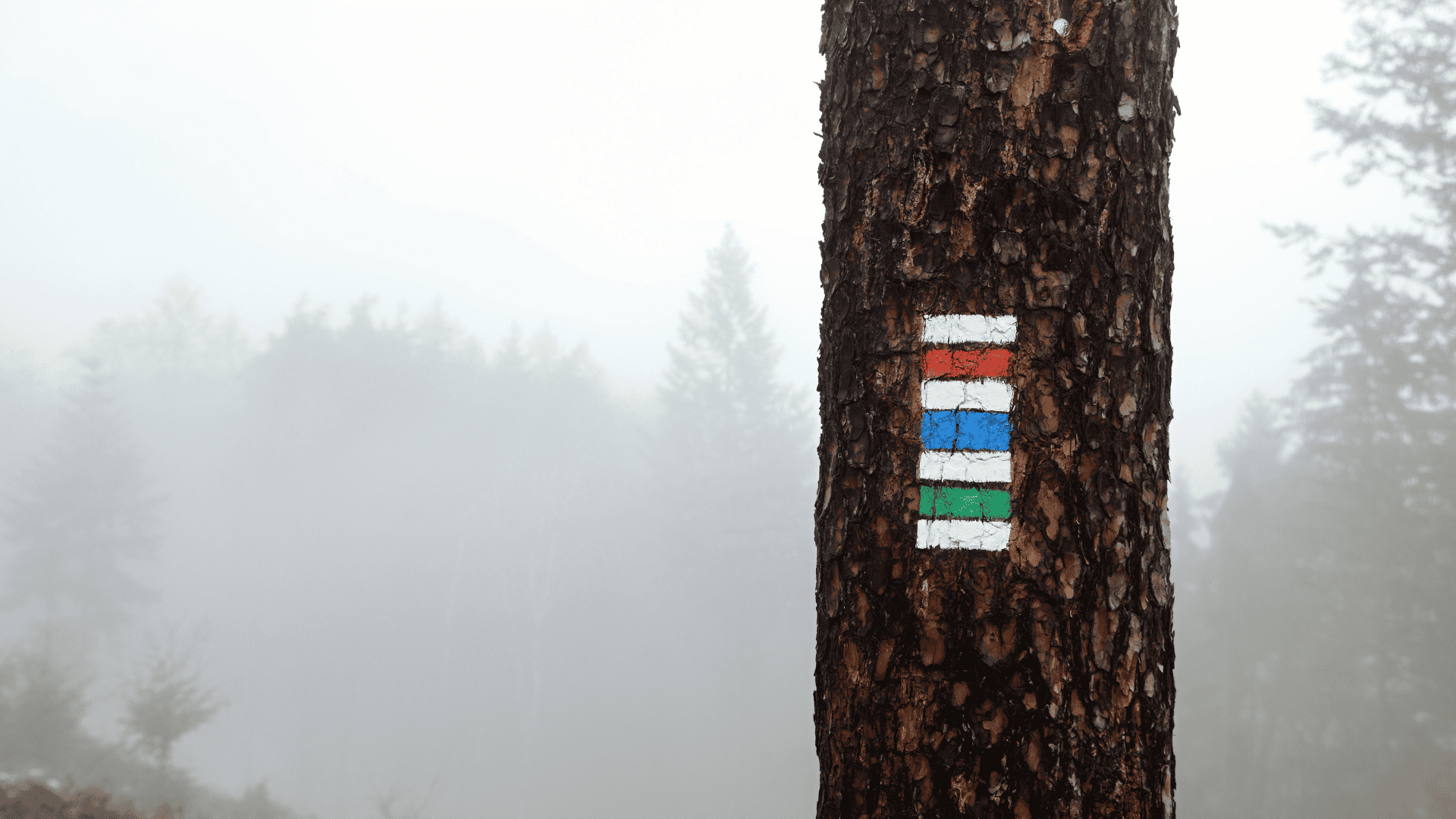2nd trail: Discover T-Club And Other Iconic LGBT+ Places

From the Pride Village to the Pride House
TRAIL MAP in mapy.cz
1. KABARET U STŘELCE / CABARET AT THE ARCHER — Střelecký ostrov
From 1993 to 1995, the basement of an Empire‑style inn on Prague’s Střelecký Island became home to U Střelce, a drag cabaret founded by Zdeněk Novotný. Transformed from a former Socialist Youth Union warehouse, the space held up to 140 audience members and gained fame for its central location and ambiance reminiscent of First Republic cabarets. Among the performers was Ivo Špes, known onstage as Miss Ivana, alongside guest stars such as famous singers Eva Pilarová, Marcela Holanová, and Petra Janů. The 1994/1995 season also featured Gay Viola evenings — literary readings by well‑known actors with a queer twist. In 1995, the cabaret moved to Karolíny Světlé Street, later relocating several times before settling on Anglická Street, where it thrives to this day. The U Střelce brand remains active, known for fabulous gay‑themed drag cruises along the Vltava River.
2. REDAKCE HLASU SEXUÁLNÍ MENŠINY / OFFICE OF THE VOICE OF THE SEXUAL MINORITY — Ostrovní 2058/2
In spring 1931, brothers František and Vojtěch Černý launched The Voice of the Sexual Minority, a groundbreaking magazine focused on fighting the criminalization of homosexuality, confronting prejudice, and resisting blackmail. Though short‑lived (just one year), it was sustained by subscriptions and modest advertising, as promised patronage never quite materialized. The magazine featured articles, classifieds, and queer-themed fiction, later adding visual art by František Kobliha and Jan Konůpek. Kobliha created the woodcut Voice of Silence, symbolizing homoerotic destiny. The magazine faced stigma and reader hesitation, but opened new doors of expression. After a year, a group led by Jana Mattuschová and Vladimír Kolátor took over and renamed it New Voice. Despite its brief run, it remains a rare and precious witness to early Czech queer culture.
3. POETICKÁ VINÁRNA VIOLA / THE POETICAL WINE BAR VIOLA — Národní 1011/7
Founded in 1963, Viola began as a poetic wine bar that embraced poetry, jazz, and alternative theatre. Its spirit was shaped by Jiří Ostermann — a proudly out gay man — who infused Viola with a beatnik ethos. In September 1963, he introduced the work of Allen Ginsberg, translated by Jan Zábrana. Ginsberg became a frequent visitor in spring 1965, performing to packed crowds, ringing Tibetan bells, and deeply influencing Prague’s young cultural scene. After Ginsberg’s expulsion from Czechoslovakia, Viola was shuttered and reopened under new leadership with a different vision. Both Ostermann and his partner, Jiří Martínek, emigrated to Canada in 1968. Still, Viola remains a queer cultural landmark, later revived through the Gay Viola series of queer literary nights in the 1990s.
4. MÓDNÍ SALON ROSENBAUM / THE ROSENBAUM FASHION SALON — Národní 981/17
Oldřich “Ulli” Rosenbaum (1896–1991) ran a famed fashion salon inherited from his mother, Eliška. After 1917, he relocated it to Národní Avenue 17 and transformed it into a top‑tier couture house with an international clientele. Modeled on Parisian fashion salons, it featured Viennese designers and highly trained staff. The salon specialized in luxurious evening and wedding gowns — and even had its own perfume line. Adina Mandlová, who worked there, remembered the warm and affirming, queer-friendly atmosphere surrounding Ulli. Because of his Jewish heritage and queerness, Rosenbaum fled to the U.S. in 1938. His Prague salon was seized and later nationalized. In New York, he launched Oldric Royce, a fashion brand he ran until the mid-1960s. He passed away in 1991.
5. T‑CLUB — Jungmannovo náměstí 754/17
In the basement of what’s now a music instrument store, “T‑Club” operated during communism. Initially popular with actors, it became a known meeting spot for gay people. After the closure of Club Globus, its crowd merged in. Writer Poštulka recalls that in the ’60s, the club even celebrated the decriminalization of homosexuality. Entry was regulated by a bouncer named Ivan, possibly linked to State Security. But memories are fond. It was one of the few places that captured that era’s atmosphere in photos by Libuše Jarcovjáková. Though plans in 1991 aimed to transform it into “SOHO,” it never materialized.
6. RESTAURACE U HUŇKŮ/GLOBUS / THE U HUŇKŮ RESTAURANT/THE GLOBUS RESTAURANT— 28. října 376/11
The building “U Tří bílých beránků” hosted two important queer venues in different eras. In the 1930s, the “U Huňků” restaurant was run by Stanislav Bartoš, a known gay scene figure. A police raid involving travesti performers and a young prostitute closed it. In the ‘50s and ‘60s, the same place became “Globus,” one of the first gay-friendly venues of the communist era. Tolerant staff and late hours made it a hub for nightlife, including sex work and drag performances. Stories from both eras merge. U Huňků and Globus remain remembered as the same queer landmark.
7. PALÁC KORUNA / KORUNA PALACE — Václavské náměstí 846/1
This Secessionist palace hosted three gay cruising spots from the ’30s to the ’60s: a passage, buffet, and baths. Young men would stand in the corridor, making eye contact. One remembered, “After half an hour, a stranger passed by repeatedly, looking at me with admiration…” The buffet saw conversations like, “You’re dirty, go take a bath” — “If only I knew where…” The baths were modern and discrete: “Young guys had lockers, older men had stalls. When someone in the pool said ‘stall 15,’ you knew.” The baths closed in 1971; today it’s Bontonland.
8. KAVÁRNA ŠROUBEK/EVROPA / THE ŠROUBEK CAFÉ/EUROPE — Václavské náměstí 826/25
The café in Hotel Evropa was a core gay meeting spot throughout most of the 20th century. In the 1930s, it attracted men looking for dates; during occupation, even German soldiers were reportedly drawn to it. “It was always in the spotlight,” remembered one guest. Post-war, the ground floor became mixed, while the mezzanine became predominantly gay: “They kind of occupied it so there was no space left.” Writer Lída Merlínová and her partner, along with the legendary “Countess Heda” Bartáková, were regulars. The café declined in the 1980s as the mezzanine closed and it attracted older visitors and sex work.
9. BAR ROSTOV / THE ROSTOV BAR — Václavské náměstí 831/21
Located on the ground floor of the Družba department store, Rostov bar opened in the ’80s. With a winding bar counter and large windows, it closed by 10 PM. Thanks to the layout, guests could easily notice each other, making it a hub for younger gay men, while the upstairs Europa attracted older crowds, foreigners, and sex workers. Memories say: “You either went to Europa or Rostov,” with age marking the divide.
10. BYT GILL SEDLÁČKOVÉ / GILL SEDLÁČKOVÁ’S APARTMENT — Václavské náměstí 821/39
Here lived physician Viktor Sedláček (1864–1941) and his daughter Julie “Gill” Sedláčková (1908–1978), author of the lesbian novel The Third Sex (1937). The novel follows two roommates: fashion designer Lída and lesbian Sabina, who finds love in a bar called “Hell.” Historian Roar Lishaugen notes the novel “refuses to treat homosexuality as a tragic condition.” Gill also worked in film — as screenwriter, assistant director, and actress. Her literary and film work continued post-war.
11. MAGNUS HIRSCHFELD V PRAZE / MAGNUS HIRSCHFELD IN PRAGUE — Ve Smečkách 592/22
Up until 1934, this building housed Urania, the German Prague daytime society promoting arts, science, and cultural openness. On May 30, 1932, famed German sexologist Magnus Hirschfeld, pioneer of the first homosexual rights organization, lectured here. He told Nový hlas: “Sexuality is part of one’s whole personality and character… It is impossible for someone to become homosexual unless they have innate inclinations.” In 1932, the World League for Sexual Reform held its congress in Brno. After the rise of Nazism, Czechoslovakia became a refuge for that movement.
Seidl, Jan, et. al. Teplá Praha: Průvodce po queer historii hlavního města 1380–2000. Compiled by Ladislav Jackson, Společnost pro queer paměť, Brno 2014.
